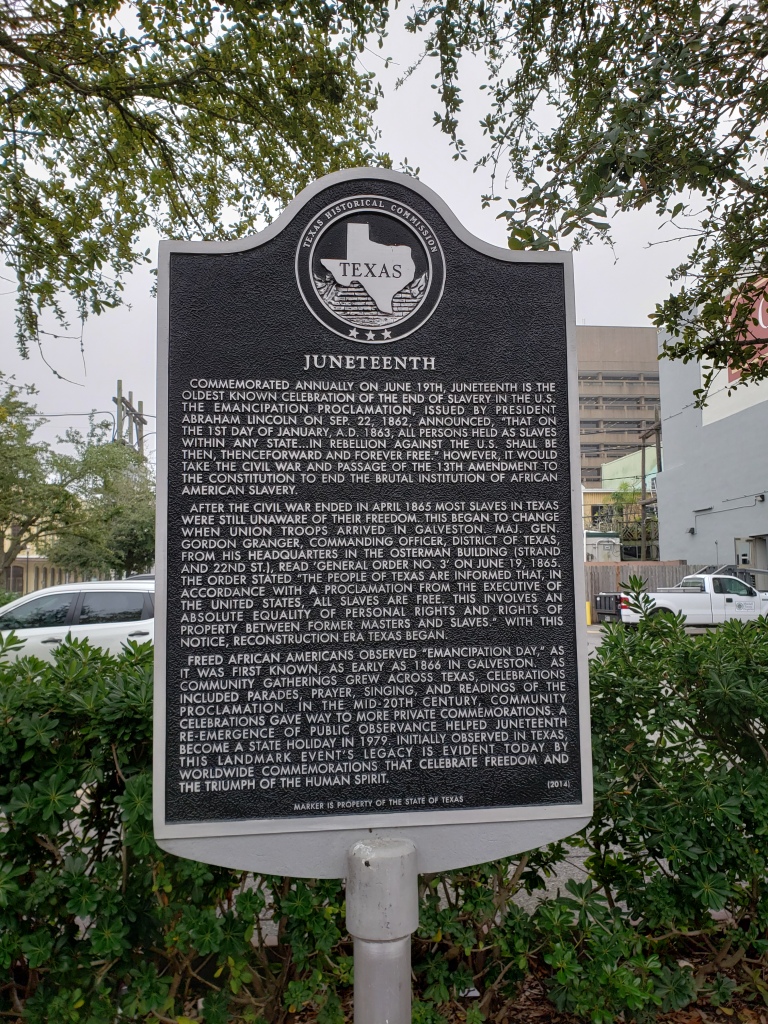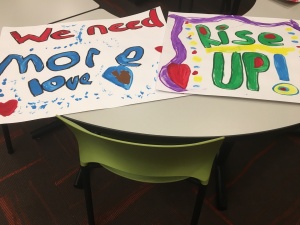
Martin Luther King, Jr.
The Church for centuries has observed the feasts of saints on the day of their death. In this case, however, let’s remember and honor the life and ministry of the Reverend Dr. Martin Luther King, Jr. when our nation does, on the Monday closest to his birthday, January 15. What our kids learn about him in public school isn’t enough: his Christian faith and his calling compelled Dr. King to make civil rights his life’s work.
There are some wonderful picture books that help tell Dr. King’s story. If I had to choose just one, it might be Martin’s Big Words by Doreen Rappaport, with illustrations by Bryan Collier. My Brother Martin by Christine King Fariss tells compelling stories from their childhood. A more recent book, also for older elementary kids, is Love Will See You Through: Martin Luther King’s Six Guiding Beliefs (as told by his niece). Kadir Nelson has beautifully illustrated Dr. King’s most famous speech in I Have a Dream, which includes an audio CD of the speech.
The lesson from the Hebrew Scriptures appointed for his feast day is taken from the story of Joseph with the coat of many colors, whose brothers were jealous of him and decided to get rid of him. Eventually, they sold him into slavery, but Joseph became a powerful leader in Egypt. Pharaoh, Egypt’s king, believed Joseph’s dreams and because of that, Joseph was able to save the Egyptians and even his own brothers from a terrible famine. It is taken from Genesis 37:17–20:
They said to one another, “Here comes this dreamer. Come now, let us kill him and throw him into one of the pits; then we shall say that a wild animal has devoured him, and we shall see what will become of his dreams.”
Read or listen to the “I Have a Dream” speech, beginning at the line, “I have a dream that one day this nation will rise up and live out the true meaning of its creed: ‘We hold these truths to be self-evident, that all men are created equal.’” Continue to the end of the speech. Talk as a family about Dr. King’s dream, and how it has continued after his death.
Families with young children could try beginning this conversation with a brown egg and a white egg. Crack the eggs into the bowl one at a time. No matter what we look like on the outside, inside we are the same. Dr. King’s most famous speech is about his dream that everyone will one day live the way God wants us to live, treating each other fairly and with love, no matter the color of our skin or how different we might be. Read this quote: “I have a dream that my four little children will one day live in a nation where they will not be judged by the color of their skin but by the content of their character.” What we have inside us is the most important part of us. Talk together about what we dream of doing to make the world a better (more peaceful, just) place. Read the excellent picture book God’s Dream by Desmond Tutu.
Parents, we are our children’s primary pastors. Decades of research show that the faith and values our children carry with them into adulthood are largely taught at home. The Reverend Martin Luther King, Sr. made a point of serious conversation around the dinner table every night, telling his young children about the injustices he encountered as a black man in the South in the 1920s and 30s, and how he confronted them. Years later, his daughter wrote, “These stories were as nourishing as the food that was set before us.” We can imagine how these stories inspired his son. The stories we tell from the day’s news, the office, the classroom or the playground give us the opportunity to reflect on where God is in them, and where God is calling us to be.
In 2018 at March for Our Lives, we heard Dr. King’s nine-year-old granddaughter Yolanda Renee King tell people across the nation about her dream. One of my favorite quotes of Dr. King’s is this: “Life’s most important and urgent question is, ‘What are you doing for others?'” We share our stories, our dreams, to help us live the answers to that question.
This post is adapted from my lesson plan. A Godly Play story about Dr. King is also available as a free download. If you are new to the process of talking about race with your children, here are some helpful resources.
Wendy Claire Barrie is the author of Faith at Home: A Handbook for Cautiously Christian Parents.







 This post originally appeared in August, 2017 after the racial violence in Charlottesville. It has been substantially rewritten as of June 1, 2020.
This post originally appeared in August, 2017 after the racial violence in Charlottesville. It has been substantially rewritten as of June 1, 2020.